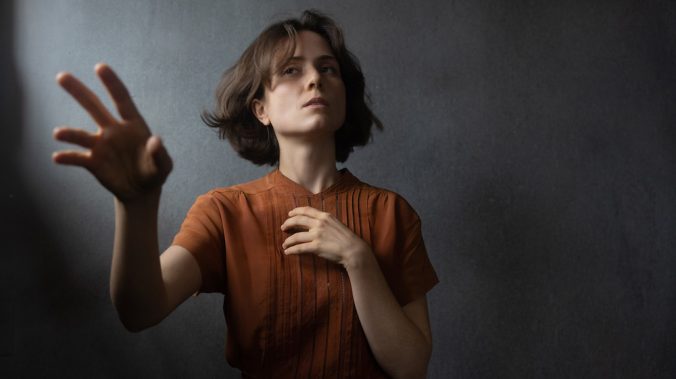Jana Horn’s Window To the World
The Glen Rose-raised, Charlottesville-based singer/songwriter talks about her new album, The Window Is The Dream, being in a fiction MFA and letting listeners take what they need from her songs
Photo by Ebru Yildiz
It was barely a year ago when most fans were properly introduced to the cosmos of Jana Horn, who spent time singing in country music revues as a child and then became an MFA student moonlighting as a singer/songwriter as an adult. Or maybe the order of the latter was reversed. Her debut LP, Optimism, was actually recorded five years ago, but Philadelphia-based label No Quarter reissued it to the masses in 2022. It was a perfect reintroduction to Horn’s minimalist rendition of plucky, dreamy, jazz-tinged folk music. What’s unique about Horn is that her oeuvre stands apart from that of her contemporaries. She’s often likened to folks like Cate Le Bon and Aldous Harding, which is a fancy way of calling her lyricism modernist. But it’s true, Horn’s language is arcane, and much of it stems from her fiction escapades at the University of Virginia.
But, at the same time, there’s something different—something mythically eclectic— about Horn’s music-making. Is it because she doesn’t use any streaming service for music? Or is it because her literary influences are what’s teaching her to pen worlds, not records? On her sophomore album, The Window Is The Dream, it appears to be both and then so much more. Songs like “Days Go By” and “The Dream” tap into her off-kilter approach to arrangements. The tracks are still as dainty and minimal as ever, but, now, there’s a new edge to all of them. She doesn’t get too personal in her storytelling, but she doesn’t need to. The songs evoke visceral emotion through the architecture of her sonic vision. It doesn’t hurt that she has an incredible ecosystem of musicians around her, including Jared Samuel Elioseff, Adam Jones, Jonathan Horne, Daniel Francis Doyle and Sarah La Puerta Gautier.
The Window Is The Dream is a bit more electric than Optimism was, thanks to Horne’s splendid guitar work. That aural upgrade pairs well with Horn’s hypnotizing soprano vocals, which are sharper than ever. When she’s not making records or playing shows, she’s teaching freshmen classes, working on her thesis and making note of the world that surrounds her. Though it’s only been a year since Optimism was put back on all of our radars, Horn has grown exponentially between records, making The Window Is The Dream a small triumph at the beginning of—what will likely be—a long, winding career. With The Window Is The Dream out today via No Quarter, Horn sat down with Paste to talk about the record, not defining her own work, the pre-Optimism album that never saw the light of day and how she keeps up with her students who consume music 24/7.
-

-

-

-

-

-

-

-

-

-

-

-

-

-

-

-

-

-

-

-

-

-

-

-

-

-

-

-

-

-

-

-

-

-

-

-

-

-

-

-








































